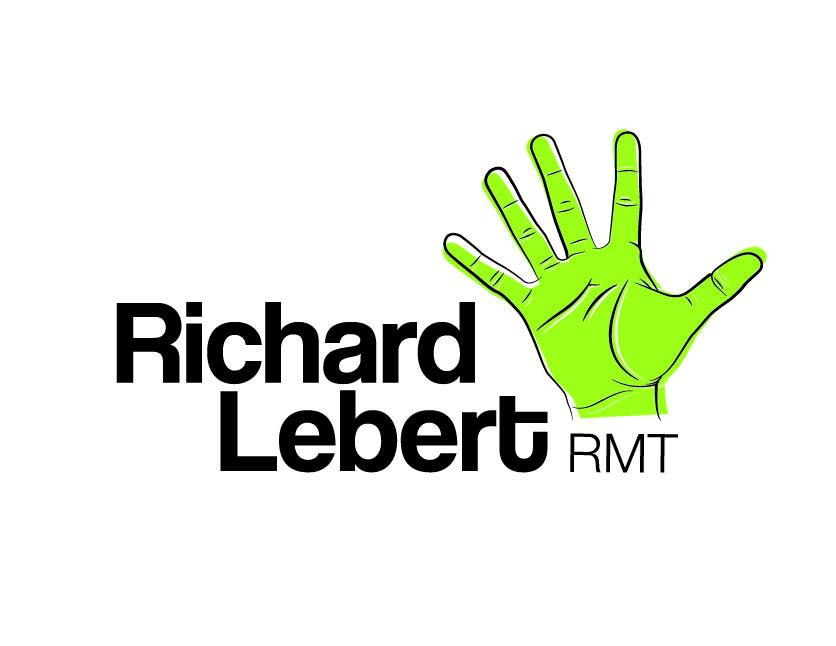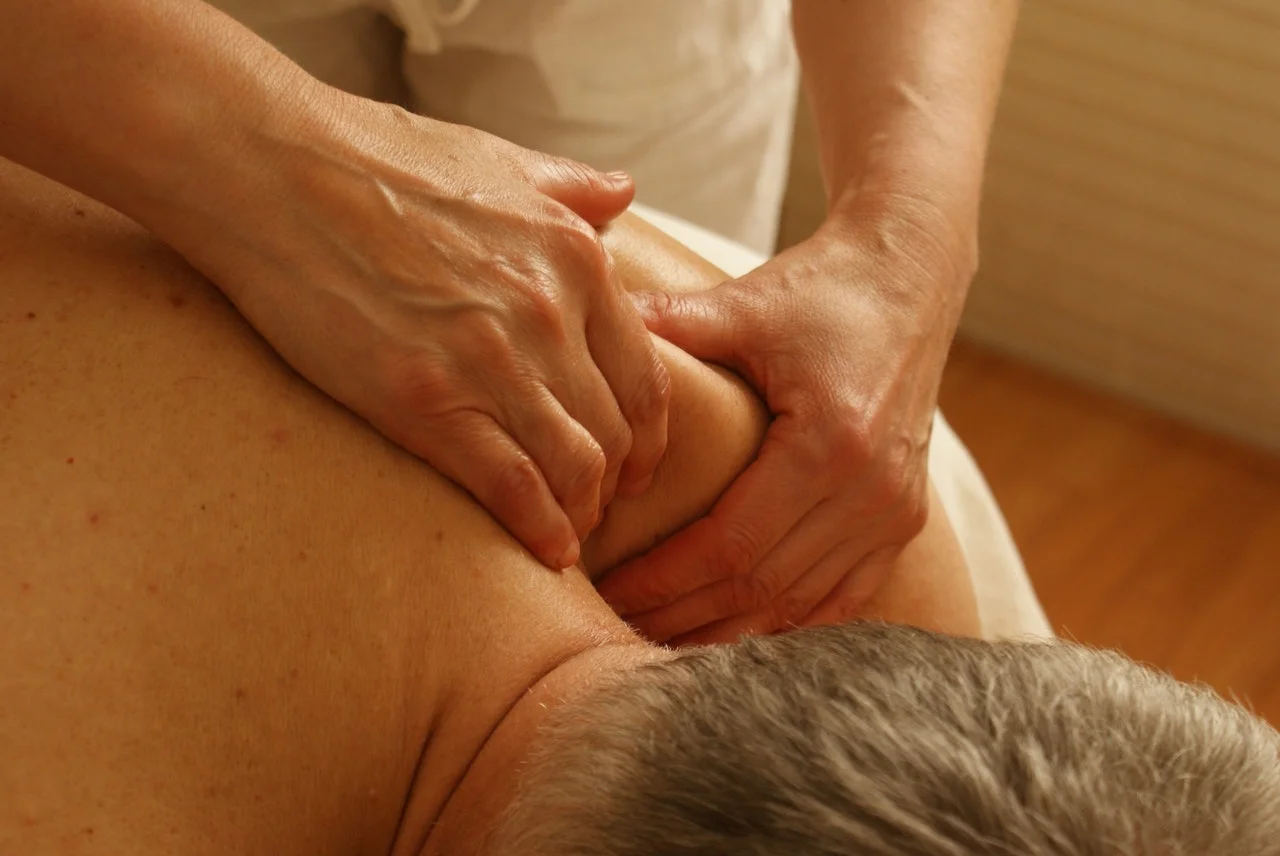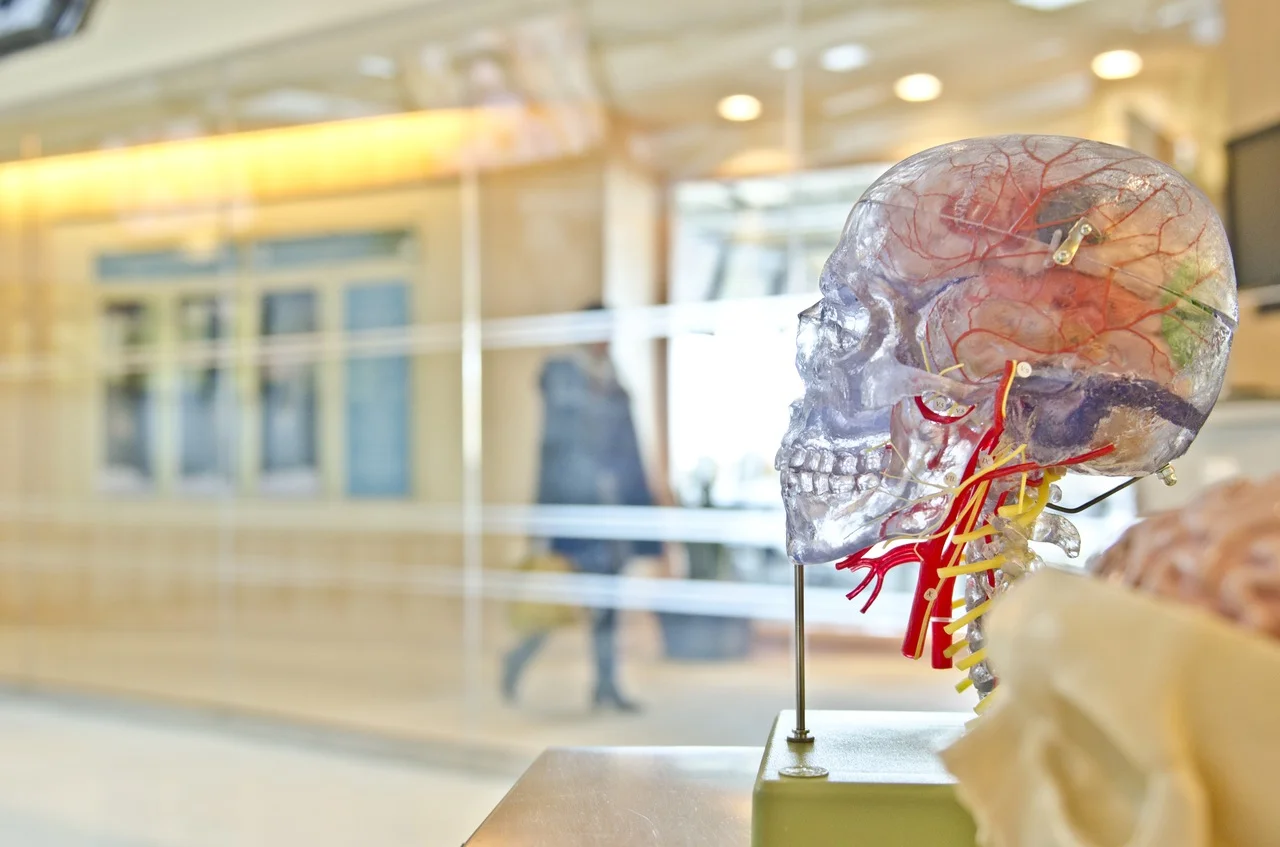Massage therapists are uniquely suited to incorporate a number of rehabilitation strategies for patients with Cervicogenic Tinnitus.
Why Does Massage Therapy Work for Cervicogenic Tinnitus?
A biopsychosocial framework helps put into context the interconnected and multidirectional interaction between: physiology, thoughts, emotions, behaviors, culture, and beliefs. In terms of clinical responses to massage therapy there are a couple of proposed mechanisms of action, including but not limited to: neurodynamics, contextually aided recovery, neuromodulation, social grooming and mechanotherapy.
Read More





